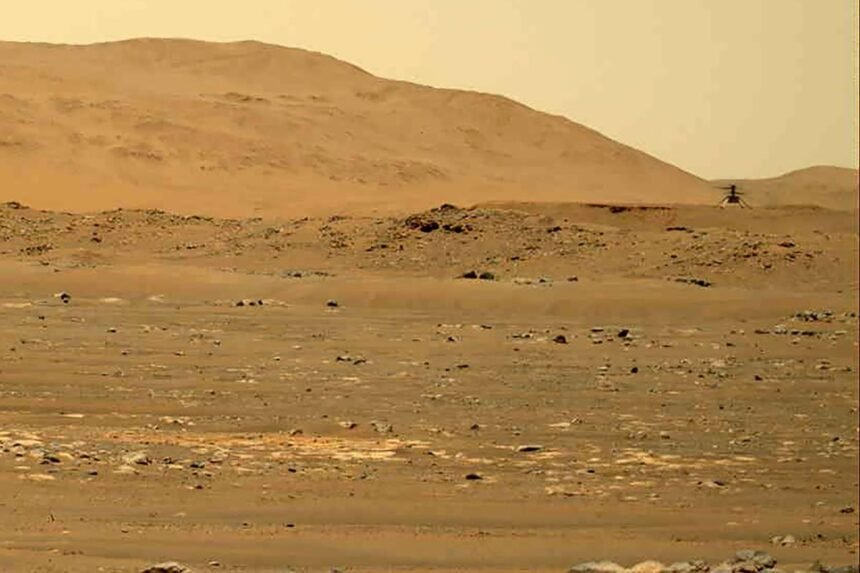NASA’s Perseverance Rover and China’s Zhurong rover have made significant discoveries on Mars, shedding new light on the planet’s past environment. Both rovers have found evidence of water-related features, indicating the presence of soaked dunes and rushing rivers on the red planet.
China’s Zhurong rover, which landed on Mars in May 2021, discovered signs of water on the Martian surface. It identified that dunes near its location had developed a crust, likely formed as water interacted with minerals. This water could have come from frosts that formed on the dunes in the past or from snowfall hundreds of thousands of years ago. The crusts exhibit polygonal features that have shrunk and expanded over time, suggesting ongoing wetting and drying processes in these dune regions.
Perseverance, on the other hand, found evidence of a large and powerful river on Mars. The rover explored Jezero Crater and uncovered signs that a fast and forceful waterway once carved its way into the crater, depositing water at a remarkable rate. The river was part of a network of waterways that ran deeper and faster than previously thought, forming a significant geological feature. The rover has been investigating Jezero Crater since its landing over two years ago, with the primary objective of searching for signs of ancient microbial life.
The findings from both rovers were published in Science Advances and have sparked excitement among scientists. Jani Radebaugh, a researcher at Brigham Young University, emphasized the value of putting exploration missions on the surface of other planets, as these discoveries provide valuable insights into Mars’ past environment.
The observations made by Perseverance and Zhurong suggest that water-related processes are likely occurring in various regions of Mars. Ralph Milliken, a planetary scientist at Brown University, noted that Martian dust contains minerals capable of absorbing water vapor from the atmosphere. If this dust covers the dunes, changes in humidity throughout the seasons could cause the dust to absorb and release water vapor without it becoming liquid.
These recent findings add to our understanding of Mars’ geological history and its potential for hosting past or even present habitable environments. The exploration efforts by Perseverance and Zhurong are contributing to the ongoing quest to unravel the mysteries of the red planet and provide crucial data for future missions.
